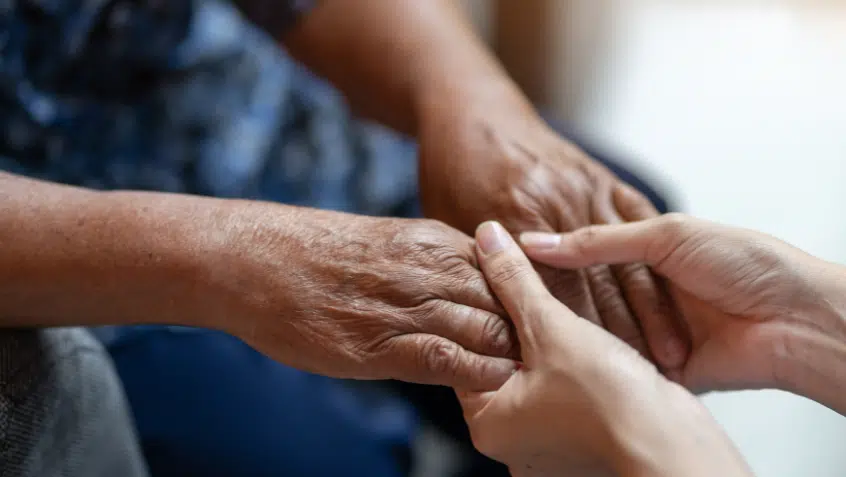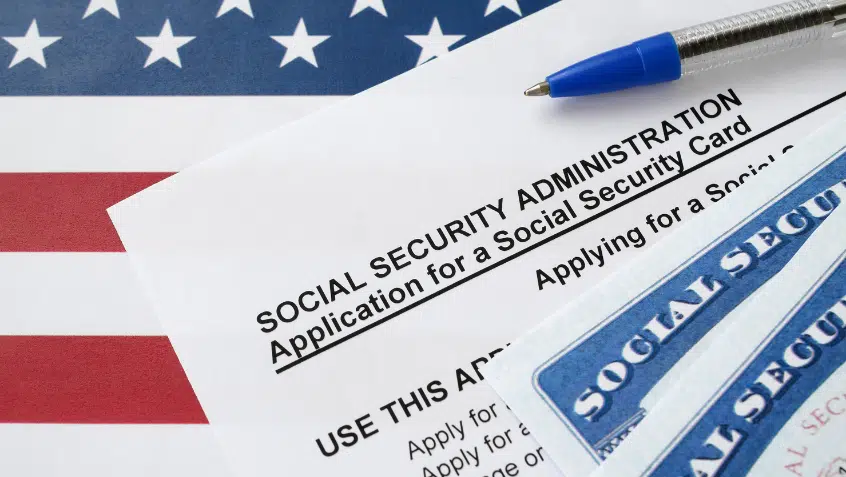Many Adults Confused and Anxious about Long-Term Services and Supports

In a recent survey, KFF explored how people thought about long-term care, including the current care landscape, what programs cover long-term care, how individuals will pay for care if they need it, and whether those individuals have taken steps to prepare for any need.
The survey shows that few adults have had important conversations about future care needs with family members. This includes asking who would be willing to help with activities of daily living such as eating, bathing, dressing, toileting, and moving from one place to another, as well as discussions about how the family will pay for necessary care.
A little over 40% of respondents lacked confidence in their ability to pay for care as they age, and most adults 50 and older reported anxiety about affording care and unexpected medical expenses. Around a third of adults under 65 reported that they have been able to set aside money for future help; this number climbs to around 50% for those 65 and older.
Many of the respondents are also confused about which governmental programs provide significant help for long-term care costs. While 52% of all respondents correctly identified Medicaid as the main source of coverage for nursing home care for people with lower incomes, 41% thought it was Medicare. Unsurprisingly, people 65 and older were less likely to be confused about this question, with 66% of this population identifying Medicaid. In 2021, Medicaid paid $207 billion for long-term services and supports, compared to Medicare at $92 billion.
These results suggest that more outreach is needed for all ages to explain long-term care costs and resources and to better support people in having important conversations with family members as they age.
In addition, they reinforce the need for better coverage of care needs. Direct care workers and family members need additional support and resources to ensure they are willing and able to provide care. And statutory change would be helpful as well. We need legislation to eliminate wait lists for home- and community-based services (HCBS) that allow people to age in place and avoid institutionalization; make HCBS a mandatory benefit on par with nursing home care; and fund HCBS work across all states, especially increased pay for direct care workers.
The Latest
Most Read
 Trump Administration and Elon Musk’s DOGE Closing Social Security Offices, Harming Access to Services
Trump Administration and Elon Musk’s DOGE Closing Social Security Offices, Harming Access to Services Threats to the Social Security Administration and to Benefits Continue to Raise Alarm
 New Resources Show House Budget Would Slash Medicaid, Despite Voters’ Support of Program
New Resources Show House Budget Would Slash Medicaid, Despite Voters’ Support of Program Federal Government Funding Decisions Loom
Add Medicare to Your Inbox
Sign up to receive Medicare news, policy developments, and other useful updates from the Medicare Rights.
View this profile on InstagramMedicare Rights Center (@medicarerights) • Instagram photos and videos







